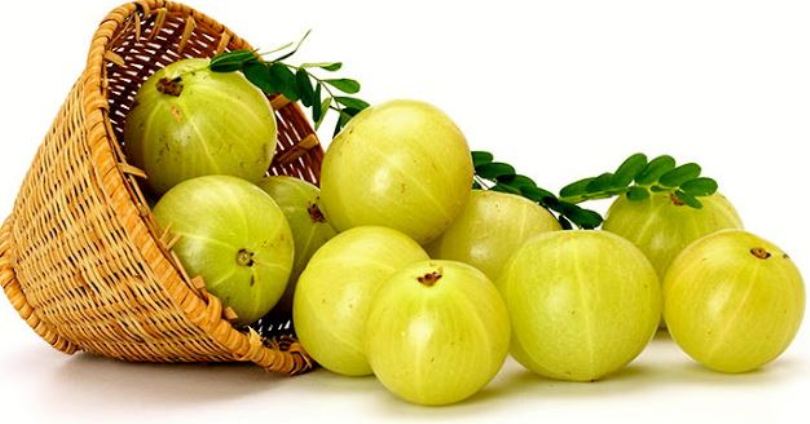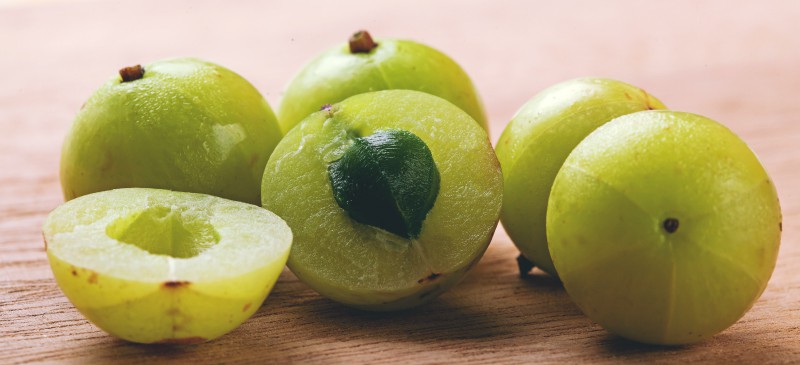Amla Alchemy: Crafting Health and Happiness with Indian Gooseberry, also known as Amla, is a small fruit that’s really good for you. It’s packed with vitamin C, which helps your immune system, keeps your skin healthy, and helps your body absorb iron. Amla also has antioxidants, like polyphenols and flavonoids, which fight off harmful substances in your body.
Contents
- 0.1 Amla Alchemy: Crafting Health and Happiness with Indian Gooseberry, also known as Amla, is a small fruit that’s really good for you. It’s packed with vitamin C, which helps your immune system, keeps your skin healthy, and helps your body absorb iron. Amla also has antioxidants, like polyphenols and flavonoids, which fight off harmful substances in your body.
- 0.2 In traditional Indian medicine called Ayurveda, Amla is considered special. They believe it can help you live longer, stay healthy, and rejuvenate your body. Here are some simple benefits:
- 0.3
- 0.4 Nutrient Content:
- 0.5 Health Benefits in Ayurveda:
- 1 what is gooseberry
- 2 how to eat gooseberry
- 3 gooseberry tree where it found in most quantity
In traditional Indian medicine called Ayurveda, Amla is considered special. They believe it can help you live longer, stay healthy, and rejuvenate your body. Here are some simple benefits:







1 thought on “Amla Alchemy: Crafting Health and Happiness with Indian Gooseberry”